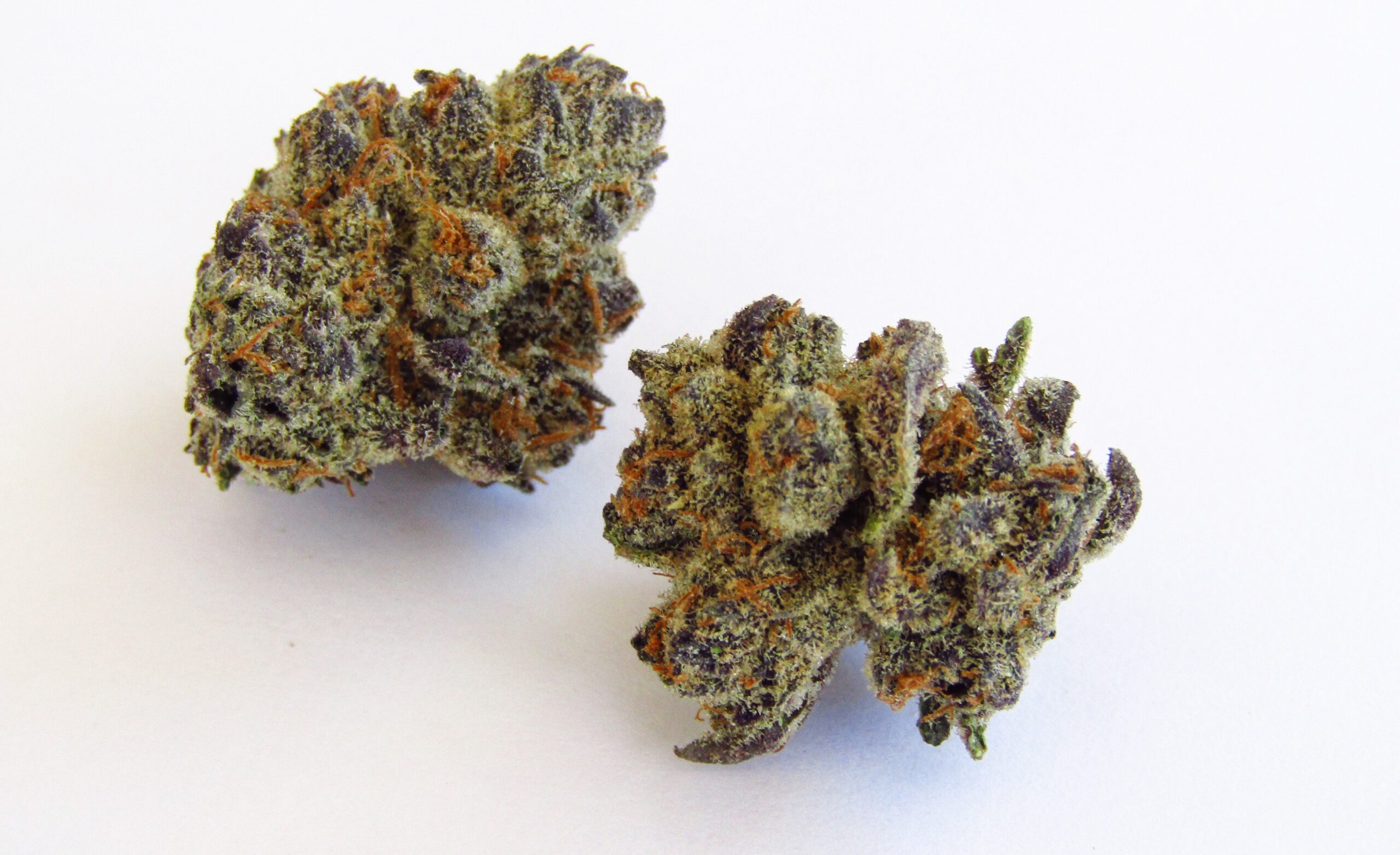Table of Contents
ToggleCannabidiol, more commonly known as CBD, is one of the two most prevalent cannabinoids found in the resin of the cannabis plant. Concentration levels can vary, but the compound comprises up to 40% of the cannabis plant’s extract. It is one of dozens of other Purple sunset strain cannabinoids, but as the most prevalent next to (of course) THC, it has been the subject of more research than the others. At this time, there are still plenty of things about CBD that we don’t know for sure, but we understand more about how cannabis and marijuana work than we ever have before. In this article, I’ll give you an in-depth look at everything we currently know about CBD.
Where Does It Come From?
CBD occurs naturally in marijuana and hemp. Both of these plants are cannabis, but they have different chemical makeups. Hemp has a THC content of less than 0.3%, while marijuana contains anywhere from 5-35%. While CBD is found in both types of cannabis, it matters which one the CBD is extracted from. Extract from marijuana often contains small amounts of THC – possibly enough that the user could experience some of the psychoactive effects. The extracted from hemp contains no THC, so medical users who have no desire to experience any psychoactive effects should seek out the hemp-derived extracts.
How Does CBD Affect the Body?
CBD takes effect by interacting with the cannabinoid system, but its relationship to the human body is a bit more complex than other cannabinoids’. The endocannabinoid system contains the CB1 and CB2 receptors that cannabinoids bind to. CB1 receptors are found in skeletal muscle, the liver, the GI tract, the pancreatic islet, throughout the peripheral nervous system, and all throughout the brain. CB2 receptors are mainly found throughout the immune system, though some are also present in the brain’s reward regions.
Interestingly, CBD has a very low affinity for both types of cannabinoid receptor. This means that while it does bind to the CB receptors, it doesn’t do so as regularly as other cannabinoids, such as THC. CBD’s effects are indirect, but significant.
The dictionary definition of an agonist is “a substance which initiates a physiological response when combined with a receptor.” An antagonist is defined as “a substance that interferes with or inhibits the physiological action of another.” THC is an agonist of the body’s cannabinoid receptors, and it produces its effect by binding with the CB1 receptor. CBD has a low binding affinity for both CB1 and CB2 receptors. Instead it acts as an antagonist of THC, as well as several other cannabinoids.
This may sound like a mark against CBD.
For anyone who wants to experience the psychoactive effects of THC, this may sound like a mark against CBD. If CBD “interferes with or inhibits the physiological action” of THC, the THC won’t have as significant an effect. Right? Actually, no. Studies have shown that CBD does not reduce THC’s effect, and may actually intensify it. However, CBD has been shown to reduce THC’s less pleasant side effects, such as a fuzzy short-term memory and occasional anxiety.
CBD’s interactions with cannabinoid receptors (and with other compounds that want to bind with those same receptors) explain some of the compound’s effects, but not all of them. As of 2019, science is still unsure about all of CBD’s mechanisms of action, but it is theorized that CBD interacts with additional biological targets beyond CB receptors, such as other neurotransmitter receptors. For example, CBD is a known agonist of a subtype (5-HT1a) of serotonin receptors, which play an important role in regulating moods. This may explain the calming, soothing effects that CBD users report. CBD also affects opioid receptors, which may explain the compound’s role in managing pain. There are also other less studied receptors, such as GPR55, that could play an important role in how the body responds to CBD. In any case, it’s clear that CBD has a complex relationship with the human body. As research continues, we will eventually develop a clearer understanding of how the compound works, as well as what it can be used for.
Methods of Ingestion
Because cannabinoid receptors are scattered all throughout the body, there are many ways to ingest or absorb CBD. CBD-containing cannabis can be consumed by smoking or vaporizing. Alternatively, extracted CBD can be taken orally, applied topically, or sprayed into the mouth as an aerosol. Inhaled, CBD absorbs rapidly, and effects are almost immediate. It takes longer for the body to absorb CBD that is eaten or swallowed, and the body doesn’t process it quite as efficiently. Taken sublingually, the CBD is absorbed more quickly through the mucus membranes in the mouth. When it is applied topically, CBD never reaches the bloodstream like it does via the other methods. The skin can absorb CBD, but it absorbs quite slowly, so you’ll need to apply the product liberally. Still, for many localized health issues such as soreness, scarring, or inflammation, a topical application may still be the best choice.
Medical Uses of CBD
CBD came into the limelight a few years ago when a strain of cannabis originally called “Hippie’s Disappointment” due to its low THC content appeared on CNN in 2013. This strain was created by crossbreeding another cannabis strain with industrial hemp, creating a plant with a very high CBD content, but containing very little THC. The strain was later renamed “Charlotte’s Web” after a young girl named Charlotte Figi.
You may have heard her story before. Charlotte is an American girl who suffers from Dravet syndrome, a severe type of epilepsy. By the time Charlotte was three years old, she was experiencing around 300 grand mal seizures per week. According to her parents, Charlotte’s condition improved immediately and dramatically when she began using marijuana. She uses the high-CBD extract taken from the Charlotte’s Web strain orally, dissolved in olive oil. After two years of this treatment, she was down to just four seizures per month, and is now able to live a much more normal life. Currently, there is only one FDA-approved CBD-based medication on the market. It’s called Epidiolex, and is used orally to treat Dravet syndrome and Lennox-Gastaut syndrome, both of which are forms of epilepsy. Epidiolex has been shown to be effective for treating these syndromes. However, studies involving THC have shown that when used on mice, the psychoactive compound actually increased sensitivity to convulsions. So, it’s important to separate the CBD from the rest of the cannabis plant (or use low-THC strains) when it comes to this type of treatment. And, of course, it’s important to consult with a doctor before beginning any new treatment.
There is a lot of anecdotal evidence that suggests that CBD may help with other afflictions as well, although many claims have yet to be thoroughly tested in a laboratory setting. Doctors prescribe medical marijuana for a wide range of conditions, such as: Alzheimer’s disease, eating disorders or loss of appetite, cancer, Crohn’s disease, glaucoma, multiple sclerosis, all types of pain, and some mental health conditions.
Potential Beneficial Effects of CBD Use
CBD is currently being studied in a clinical setting with hopes that it can help with anxiety, cognition, pain management, and more. The endocannabinoid system helps regulate many of the body’s functions. So, it makes sense that CBD and other cannabinoids could be ballaberries used to positively effect the body in a number of ways, even if we aren’t completely sure what all of those ways are yet.
Regardless of what uses scientists find for CBD, they’ve already gathered plenty of data about CBD’s effects. CBD increases the brain’s levels of adenosine, a substance that is naturally produced by the body and helps with neuroprotection and reducing inflammation in the case of trauma to the head or brain. CBD is a vasodilator, and it also lowers blood pressure, so it may prove useful as a protective measure against brain and blood vessel damage potentially caused by a stroke.








